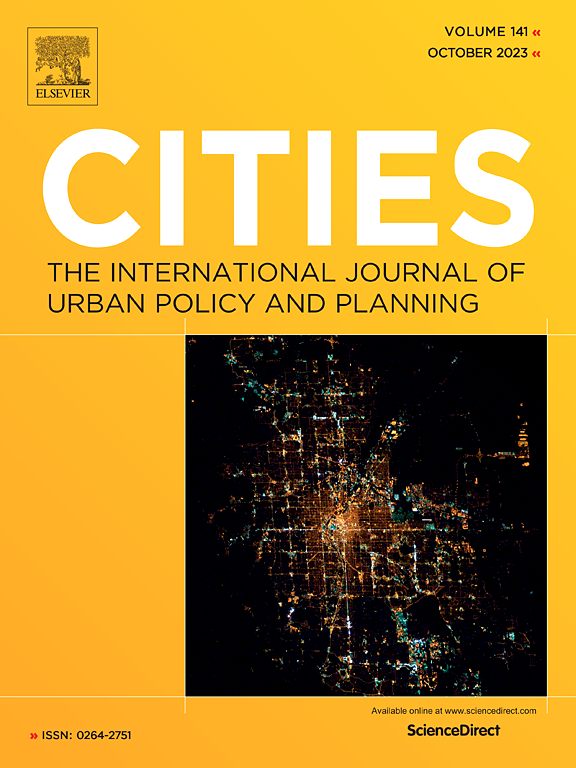Proximity-centred accessibility – A conceptual debate involving planning practitioners worldwide

Abstract
In recent years, the concept of proximity has garnered increasing attention in both transportation research and practice, albeit under various terms and interpretations. Among these, the concept of the 15-minute city has catalysed attention in planning practice, with recent evolution to the x-minute city and city of proximities. In research, proximity-centred accessibility has been offered as an umbrella term to express the ability to reach activities and destinations at short distances. Regardless of the terminology used, the essence of proximity lies in the ease with which one can access desired activities and destinations within reasonable travel times, independent of speed-enhancing transport modes most notably through walking. This research investigates the nuanced meanings ascribed to proximity-centred accessibility by planning practitioners globally, spanning diverse regional and local contexts. For this, we used an online survey, disseminated among over 9000 practitioners from 22 countries across 5 continents, which generated over 1300 responses. The survey explored the preferred terms for proximity-centred accessibility and their definitions, specifically emphasizing time and distance thresholds and the identification of relevant activities. By juxtaposing our findings with an earlier survey of accessibility researchers, this study also contributes to the groundwork for a conceptual framework for proximity-centred accessibility. Our findings affirm a relatively consistent interpretation of proximity among global planning practitioners, predominantly extending up to 1600 m, in accordance with earlier results for accessibility researchers. Despite some relevant dissimilarities among practitioners from megacities compared to their smaller city counterparts, or in specific countries (most notably the Netherlands), the distance that is considered proximate is the attribute that generates the most consistent results across different contexts. Also consistent was the relevance of short distances (up to 15 min walking) for activities such as primary and pre-primary schools, playgrounds, parks, food shopping, and pharmacies, reinforcing the importance of proximity to basic and caregiving activities. No term was found to be consistently meaningful across different contexts, although terms like local and neighbourhood accessibility and walking/pedestrian, or cycling accessibility, show higher preference in the global sample..